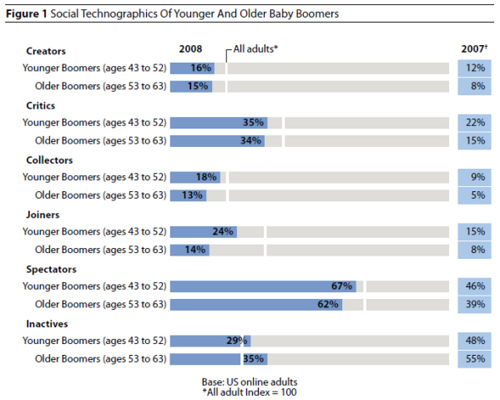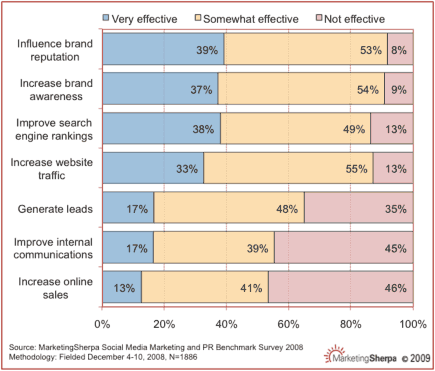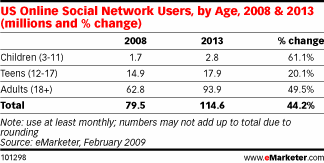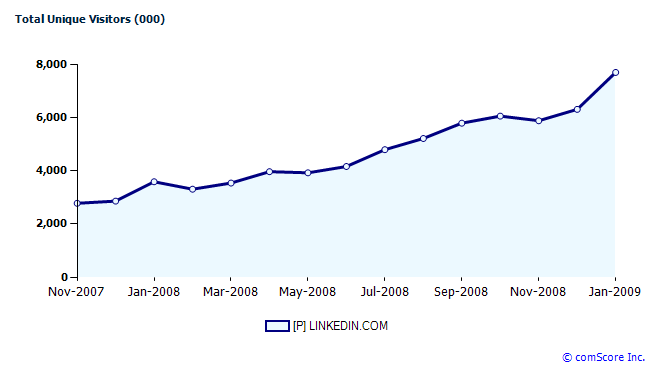 There has been a flurry of blog postings lately on the wonder of baby boomers using social media and social networking. It seems to stem from an updated report from Forrester Researcher Jeremiah Owyang .
There has been a flurry of blog postings lately on the wonder of baby boomers using social media and social networking. It seems to stem from an updated report from Forrester Researcher Jeremiah Owyang .
It’s no surprise to us and probably many of you who will be attending the Boomer Summit , March 19. We’ve been posting other research on the increased use of social media by this demographic, especially some of the data coming out of the Pew Research Center.
We haven’t seen data broken down by gender, but believe that boomer women will drive the growth of social media in this demographic. Why? Social media is about relationships and women, as they age, rely heavily on their networks. And in the current economy, women have face increasing pressures. So they want to reach out to others to share stories and talk about caregiving, adult children returning home, financially supporting their parents and their children, worrying about their job or lack of job, sharing joys of grandparenting and successes and ways to keep the family closer as the life we expected increasingly feels like it is unraveling.
Sam Decker recently noted on his blog that Boomers make up of 35% of the Internet population. He said, while it’s true that Millenials (the 13-24 generation) share content at double the rate of baby boomers (56%), 31% of Baby Boomers share their own user generated content. This could be in the form of reviews, blog posts, comments, discussion forums, etc. Sam, CMO of Bazzaarvoice, will be at the Boomer Summit talking about about user generated content.
Carol Orsborn from VibrantNation.com will talk about the use of social media by women; Andy Cohen from Caring.com will share how marketers are using niche sites to reach boomer women caregivers; and Jerry Shereshewsky from Grandparents.com will talk about how the market of 70 million grandparents are using the Internet to share stories and buy for their grandchildren.
 There’s lots of talk about social media, but what do marketers expect it to deliver? Brand building and reputation top the list. If you are looking to immediately generate direct leads and sales, look elsewhere.
There’s lots of talk about social media, but what do marketers expect it to deliver? Brand building and reputation top the list. If you are looking to immediately generate direct leads and sales, look elsewhere. 



 Caregiving is taking its toll on their marriages, draining their bank accounts and increasing sibling squabbles as one-in-two baby boomers take care of an aging parent.
Caregiving is taking its toll on their marriages, draining their bank accounts and increasing sibling squabbles as one-in-two baby boomers take care of an aging parent.
 Direct to consumer marketers are increasing their online marketing budgets and looking at the power of house e-mail, SEO and paid search to deliver results. The chart from Marketing Sherpa illustrates the share of online budget dedicated to each tactic in the fourth quarter of 2008.
Direct to consumer marketers are increasing their online marketing budgets and looking at the power of house e-mail, SEO and paid search to deliver results. The chart from Marketing Sherpa illustrates the share of online budget dedicated to each tactic in the fourth quarter of 2008.